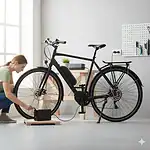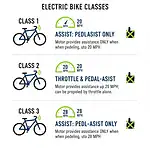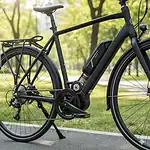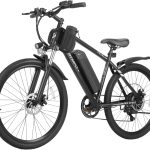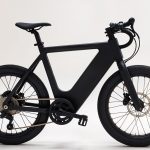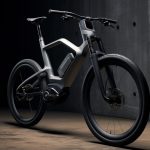Electric bikes aren’t one-size-fits-all. The best type depends on your routes, storage, and riding style. Below, we break down the main e-bike categories—what they’re good at, trade-offs, and who they fit. We also include Amazon-available examples and tips to help you choose with confidence.
Quick takeaway: If you commute daily, look at commuter/city models. Short storage space? Try folding. For traction and fun on mixed surfaces, go fat-tire. Love trails? Consider e-MTB. Carry kids or groceries? Cargo. Prefer relaxed rides? Cruiser/comfort. Want drop bars and speed? Road/gravel.
Ready to compare real bikes? See our top picks with pros & cons.
Your trust matters most. Purchases through our links support our unbiased reviews.
Our Pick
Heybike Cityrun |
Heybike Mars 2.0 |
VELOWAVE Ranger 750W (BAFANG) |
Jasion EB7 2.0/ST |
ANCHEER 26″ |
ECOTRIC 26″ |
|
|---|---|---|---|---|---|---|
| Key Specs | 48V 15Ah, hydraulic discs, commuter kit | 750W (peak up to ~1400W), 20″ fat, folding | 48V 15Ah, fat-tire | 48V 10Ah, folding, dual suspension | ~499Wh, ~3–3.5h charge, front suspension | 48V 12.5Ah |
| Pros | Upright comfort; app; quick charge | Punchy assist; folds; stable on loose surfaces | Strong motor feel; planted ride | Value starter; compact | Compelling range claim for price | Excellent traction; rugged stance |
| Cons | Heavy to carry upstairs | Heavy; small wheels | Bulky; slower on smooth pavement | Shorter range vs commuters | Entry components | Heavy; slower rolling |
| Ideal For | Daily city commuting | Portability + power | Mixed terrain fat-tire | Budget folding riders | Entry e-MTB/hybrid | Beach/snow fun |
Ride to work most days? See the commuter breakdown.
Tight storage or car trunk carry? Explore the folding section.
Commuter & City E-Bikes
What they are: Upright geometry, fenders, racks, lights—made for traffic and daily rides.
Best when: You want low-stress commuting and practical accessories out of the box.
Trade-offs: Heavier than slim road bikes; not for technical trails.
Mini tips: Hydraulic brakes feel better in stop-go traffic; 48V with 12–15Ah fits most city routes.
See our Best E-Bikes (2025) roundup.
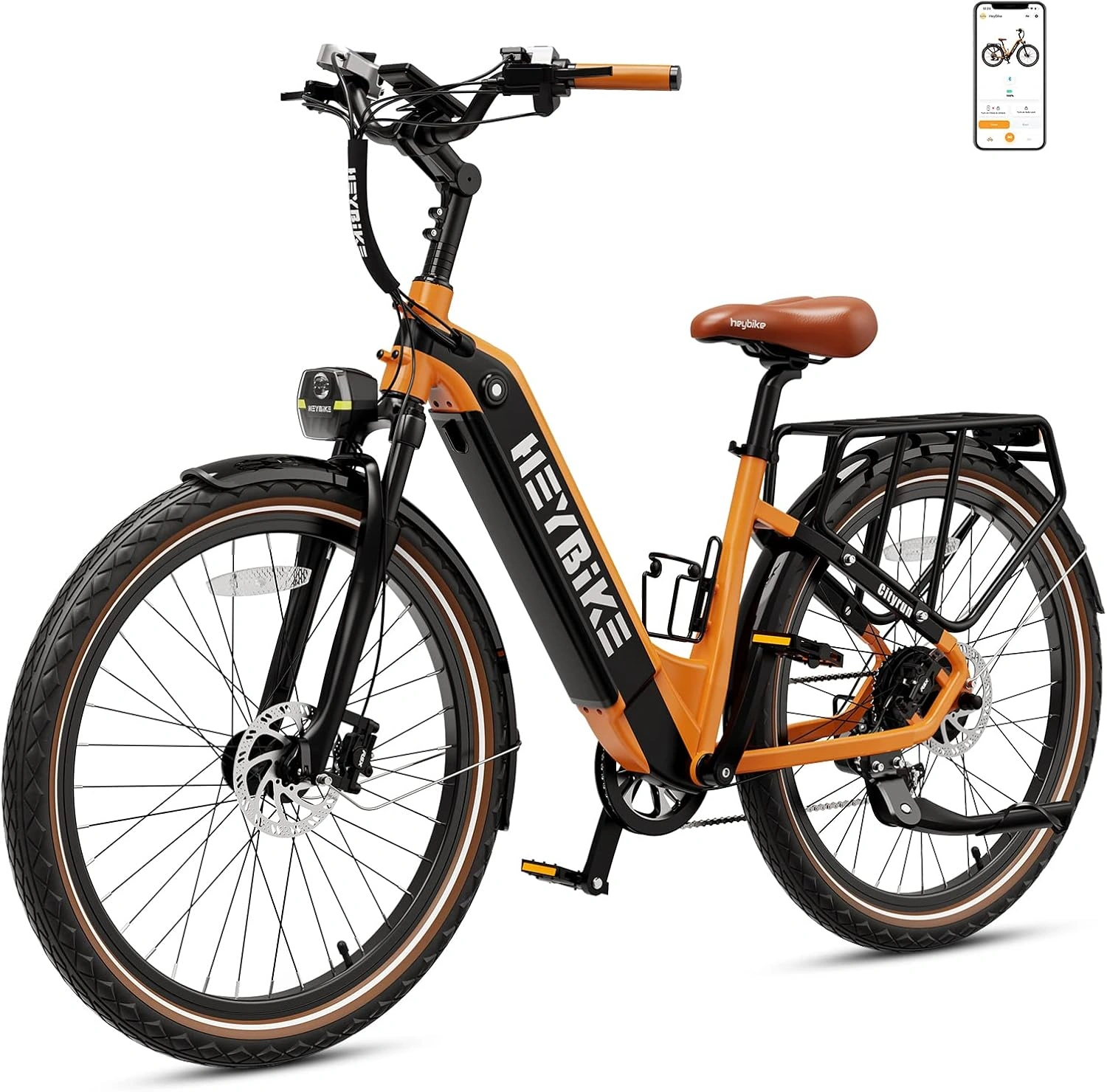
Commuter build with 48V 15Ah battery, hydraulic discs, app features, and quick charging
Folding E-Bikes
What they are: Compact frames that fold for cars, closets, and transit.
Best when: Storage is tight or you travel often.
Trade-offs: Heavier than non-assist folders; small wheels can feel twitchy at speed.
Choosing between hub and mid-drive? Check our Electric Bike Buying Guide.
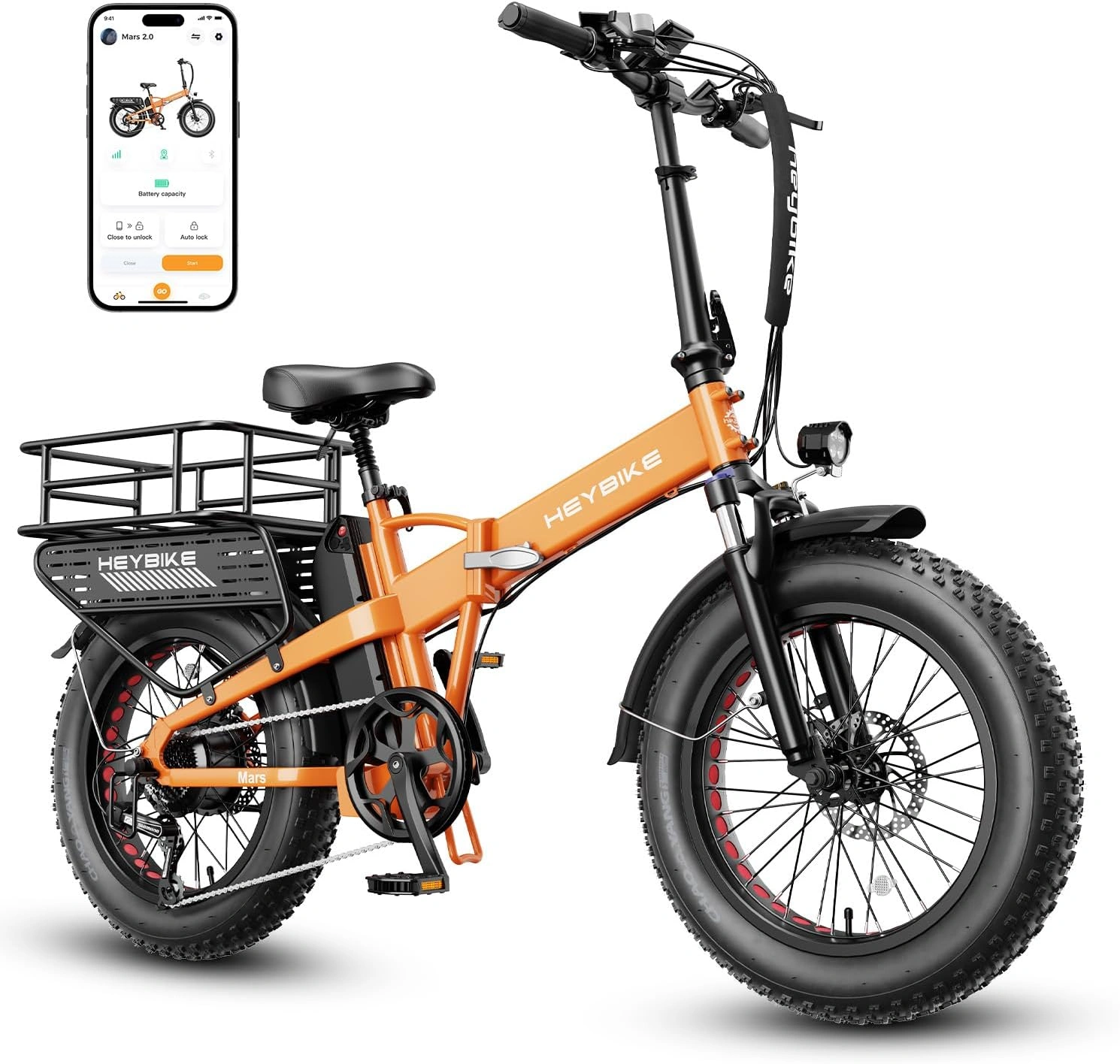
Folding 20″ fat-tire with punchy assist (listed up to 28 mph top speed)
Fat-Tire E-Bikes
What they are: Wide 3–4″ tires for traction and comfort on sand, snow, and gravel.
Best when: You ride mixed surfaces, boardwalks, or winter paths.
Trade-offs: Heavier; slower rolling on smooth pavement.
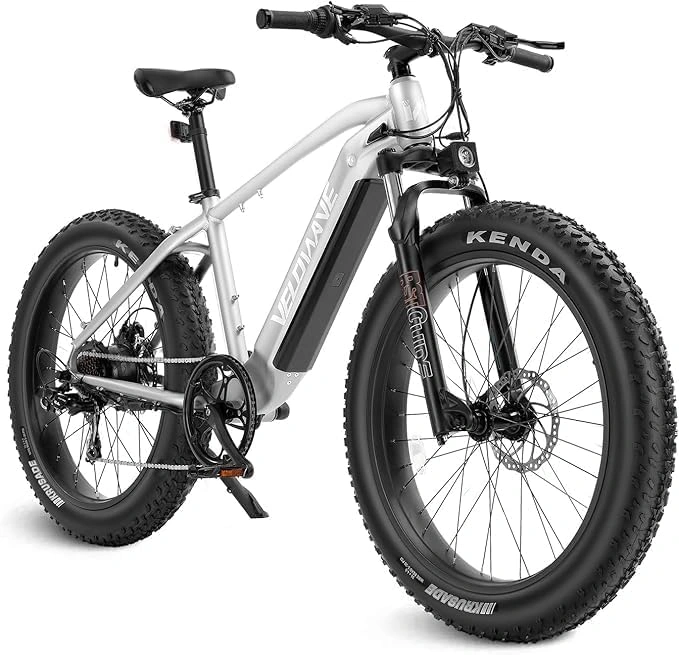
Confident acceleration and stability for park paths and rougher surfaces
Mountain E-Bikes (e-MTB)
What they are: Hardtails or full-suspension built for trails, climbs, and fire roads.
Best when: You want off-road riding with motor assist.
Trade-offs: Heavier; advanced models can get expensive.
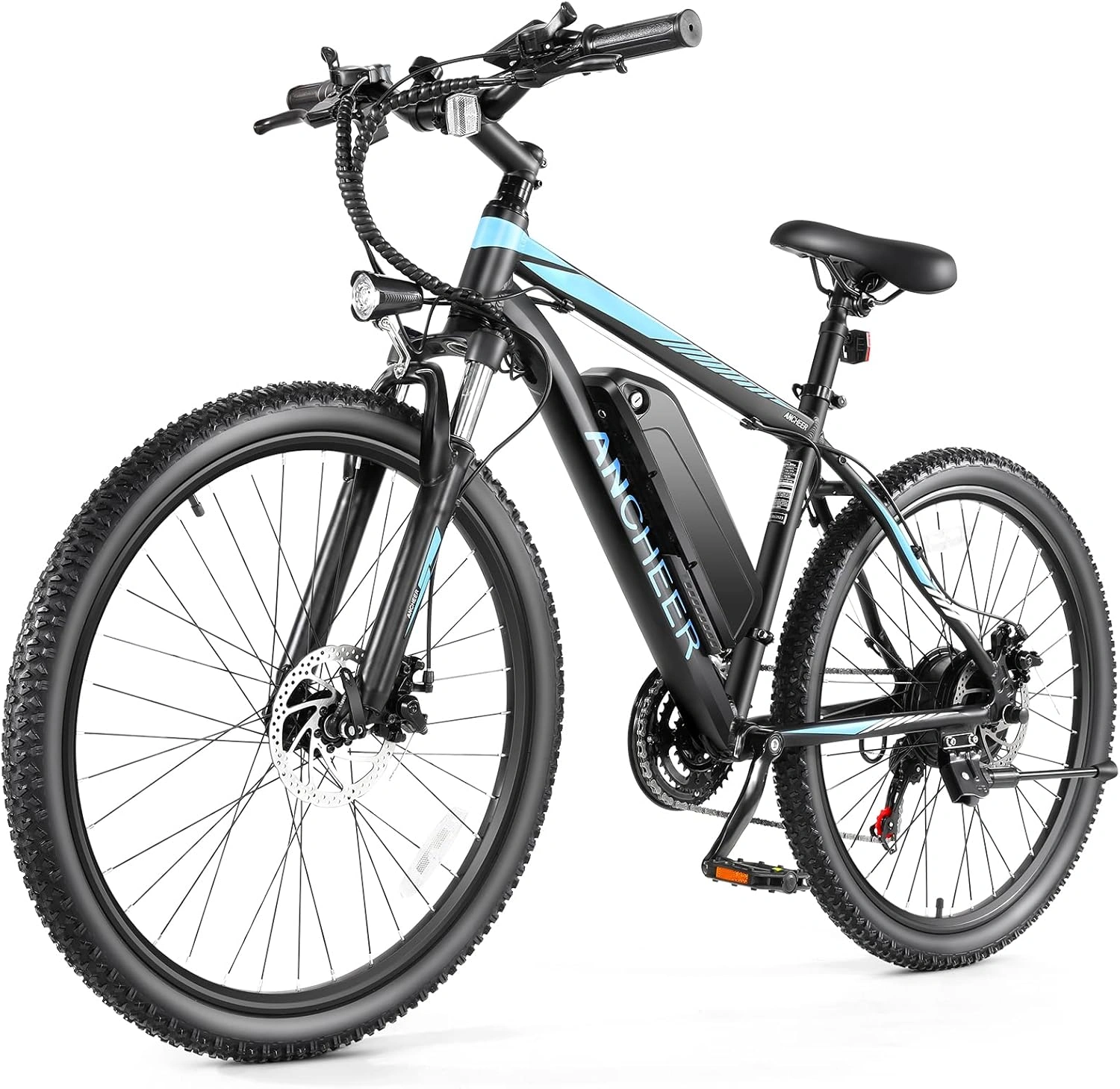
Entry hybrid/e-MTB with front suspension and ~3–3.5h fast charging (listing). Good for park paths and light trails.
Cargo & Utility E-Bikes
What they are: Long-tail or front-loader frames to haul kids, groceries, or tools.
Best when: You replace short car trips and need real carrying capacity.
Trade-offs: Long wheelbases and weight make storage and stairs trickier.
Cruiser & Comfort E-Bikes
What they are: Relaxed geometry, swept-back bars, step-through options—max comfort and easy starts/stops.
Best when: You want slow-pace rides on boardwalks, paths, and flat neighborhoods.
Trade-offs: Upright posture catches more wind; not ideal for steep hills.
Road & Gravel E-Bikes
What they are: Drop bars (road) or endurance frames (gravel) with narrower tires; efficient and fast.
Best when: You want speed on paved or mixed surfaces with long, steady rides.
Trade-offs: Less comfort on bumps; typically pricier and less common on Amazon.
[C] AffiliateX — Pros & Cons Box (global) (place after the “Road & Gravel” section)
Safety, Classes & What to Check Before You Buy
Classes 1–2–3: In the U.S., e-bikes are commonly grouped by assist and top speed. Always check your local rules for where each class can ride.
UL & charging: Prefer listings that reference UL 2849 (system) and follow battery/charger guidance. Use the OEM charger, avoid extreme heat/cold, and store at ~50–70% if idle for weeks.
How to Choose Between Types (fast decision guide)
- Mostly city streets, errands, and work rides: Start with commuter/city.
- Small storage, car trunk, or RV life: Folding is your friend.
- Loose terrain, boardwalks, winter paths: Choose fat-tire.
- Parks, fire roads, light singletrack: Go e-MTB.
- Kids/groceries or car-replacement: Cargo/utility.
- Relaxed rides and comfort first: Cruiser/comfort.
- Long steady rides, drop bars: Road/gravel.
FAQs
Commuter/city bikes. Look for fenders, racks, lights, hydraulic brakes, and a 48V battery with 12–15Ah for 20–40 mile weeks.
They can be—pick a model with a torquey hub and at least 48V. Small 20″ wheels climb well at low speeds but can feel twitchier fast.
On loose or sandy surfaces, fat tires add confidence. On smooth pavement, commuter tires roll quieter and faster.
Class 1–2 suit most riders and paths. Class 3 is faster (up to ~28 mph pedal assist) but may face more restrictions. Check your local rules.
It’s a safety standard for e-bike electrical systems. Favor listings that reference UL 2849 and always charge with the OEM charger.
Light rain is usually fine; avoid deep puddles. Dry the bike after rides and store the battery indoors in extreme weather.
Conclusion
Each e-bike type solves a different problem—space, distance, terrain, or carrying loads. Pick the type that matches your routes, then choose a model with the right battery, brakes, and fit. If you want concrete picks, head to our Best E-Bikes (2025) page, or use our Buying Guide to compare motors and batteries in more detail.

